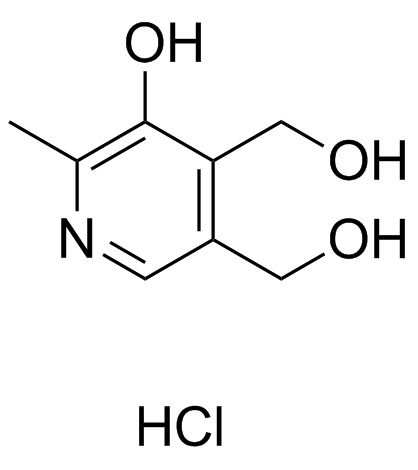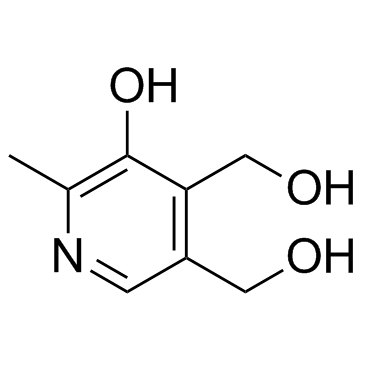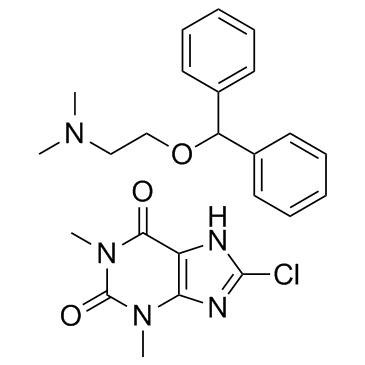| Structure | Name/CAS No. | Articles |
|---|---|---|
 |
Pyridoxine hydrochloride
CAS:58-56-0 |
|
 |
Pyridoxine
CAS:65-23-6 |
|
 |
dimenhydrinate
CAS:523-87-5 |